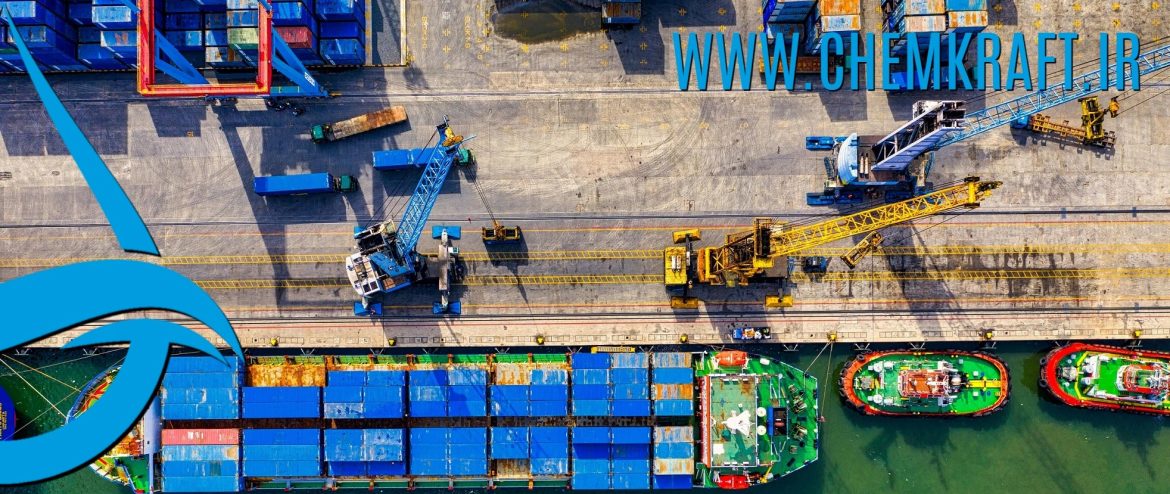CUSTOMS TARIFFS AND CLASSIFICATION OF CAUSTIC SODA
UNDERSTANDING HS CODES
Hossein Moshiri
Introduction:
Harmonized System (HS) codes, also known as customs tariffs, are a standardized classification system used globally to categorize and identify traded products. Caustic soda, a vital chemical with various industrial applications, is subject to specific HS codes that distinguish between different types and forms of the compound. In this essay, we will explore the nuances of HS codes for various caustic soda types and highlight the differences in their classification.
HS Codes for Caustic Soda:
Caustic soda, or sodium hydroxide (NaOH), is classified under specific HS codes based on its form and application. The HS codes for caustic soda broadly fall into categories that differentiate between liquid, solid, and other specialized forms of the compound. The primary HS codes for caustic soda include:
- Caustic Soda (Sodium Hydroxide), Solid (Flakes, Pearls, and Prills):HS Code: 2815.11
- This code is dedicated to solid forms of caustic soda, encompassing flakes, pearls, and prills. The classification is essential for customs purposes, aiding in the accurate assessment of duties and facilitating international trade.
- Caustic Soda (Sodium Hydroxide), Aqueous Solution (Liquid):HS Code: 2815.12
- Liquid or aqueous solutions of caustic soda are assigned a distinct HS code. This classification recognizes the differences in physical state and application compared to the solid forms.
- Caustic Soda (Sodium Hydroxide), In Solid Form and in Flakes:HS Code: 2815.20
- This code specifically addresses caustic soda in solid form, including flakes. It acknowledges the variations in presentation and processing methods within the broader category of solid caustic soda.
Differences in Classification:
The differentiation in HS codes for caustic soda types is crucial for several reasons:
- Physical State and Handling:The solid forms of caustic soda, such as flakes, pearls, and prills, have distinct properties and handling requirements compared to the liquid or aqueous solution. The HS codes reflect these differences, providing customs authorities with accurate information for regulatory and safety considerations.
- Industrial Applications:Different forms of caustic soda find applications in various industries. Solid forms are often preferred for certain manufacturing processes, while the liquid form is common in applications like water treatment. The specific HS codes help identify the intended use and guide the proper classification for trade purposes.
- Regulatory Compliance:Compliance with customs regulations is essential for international trade. Having specific HS codes for different caustic soda types ensures that regulatory requirements, including tariffs and import/export restrictions, are correctly applied, contributing to smoother cross-border transactions.
- Accurate Duty Assessment:Customs duties and tariffs are often contingent on the type and form of the traded product. Accurate classification using distinct HS codes enables customs authorities to assess duties appropriately, preventing underpayment or overpayment and ensuring fair trade practices.
See also Wastewater treatment chemicals
Caustic Soda Tariffs
Conclusion:
The assignment of Harmonized System (HS) codes to different forms of caustic soda is a vital component of international trade regulation. These codes, which categorize caustic soda based on physical state and application, streamline customs procedures, facilitate accurate duty assessment, and contribute to regulatory compliance. Importers, exporters, and customs authorities alike benefit from the specificity of HS codes, ensuring that caustic soda transactions are conducted seamlessly and in accordance with global trade standards. The differentiation in HS codes reflects the versatility of caustic soda and the need for precise classification to meet the diverse requirements of industries worldwide.
Hossein Moshiri
WA +989124311007
Comments
Post a Comment